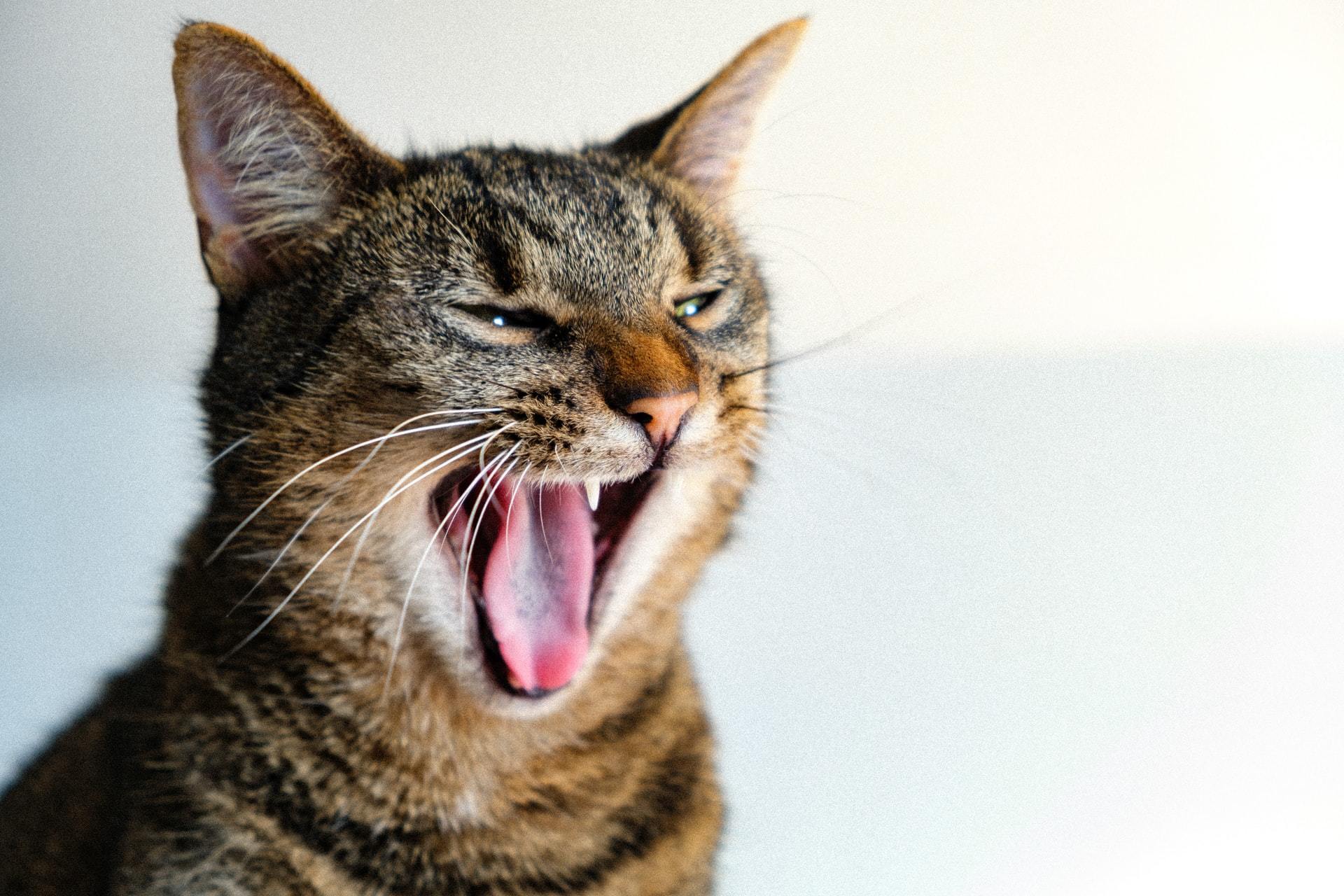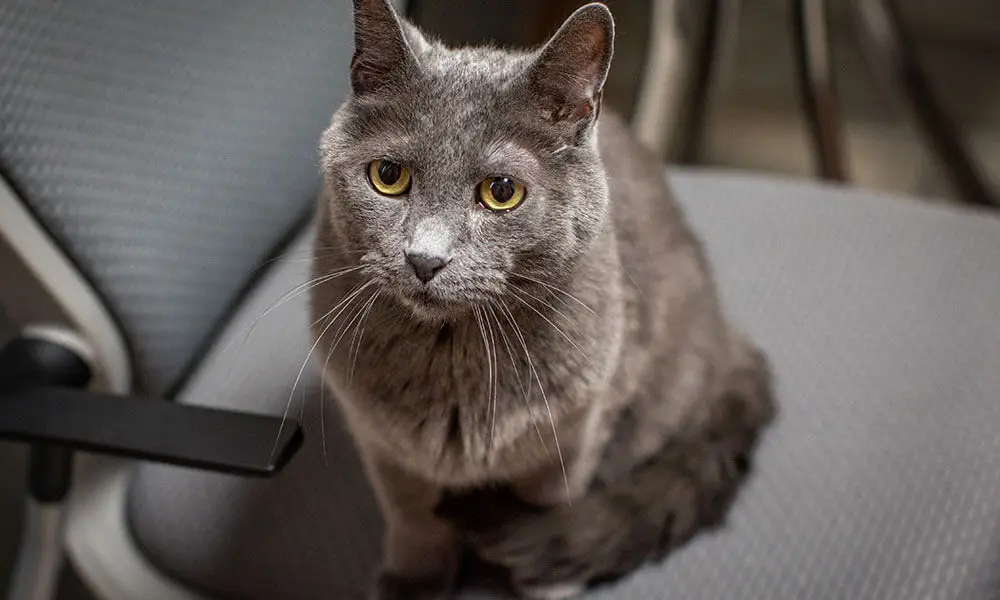tooth resorption cats symptoms
If you notice any odd changes in behavior its worth taking your cat to the vet for a checkup. In some cases the patient may not notice the problem for years.

Ask These 13 Questions Before You Schedule Your Cat S Dental Procedure The Conscious Cat Pet Dental Care Cat Dental Health Dental Care
Pain beginning from the crown root or the inside of the tooth.

. Tooth resorption is common in the domestic cat and the incidence has been reported to increase with increasing age. Resorptive Lesions or tooth resorption is a common medical condition that affects 20-60 percent of cats and three out of four over the age of five years. When it comes to tooth or root resorption there is no clear set of symptoms.
Cats with oral pain may appear irritable or aggressive have a change in appetite or food preference and may have difficulty chewing and eating food falls from their mouth. Cats with clinically missing teeth have also been found to be more likely to have tooth resorption. Cavitation defects are seen in the crown with inflamed gingival tissue often covering the defect Photo 1.
TOOTH RESORPTION IN CATS Pathophysiology and treatment options Practical relevance. Cats with resorptive lesions may show pain when their jaws are touched and may also have increased. Bleeding and Other Oral Symptoms.
3 Dental radiographs are required for proper diagnosis and treatmentFeline tooth resorption TR a common disease in cats characterized. It usually starts in the enamel along the gum line and continues towards the tooths center chamber where the blood vessels lymphatic vessels and nerves are located. In many cases without radiographic and clinical screening in an anesthetized cat tooth resorption will go undetected and the cat will be in pain in silence.
Identifying tooth resorption in cats often requires a thorough veterinary dental exam. Pain can manifest in a variety of ways. Since these lesions usually start at the gum line they are often covered with gum tissue or tartar and therefore may be difficult to detect without a thorough oral.
Anorexia inappetance Weight loss. Incidence reports list a range from 30 to 60 for cats affected by this oral condition. If your cat has tooth resorption she may show increased salivation oral bleeding or difficulty eating.
All types of teeth in the feline dentition may. Over 50 of adult cats develop tooth resorption. Without treatment a cat is in extreme pain may stop eating become very ill.
Tooth resorption can be difficult to detect with cats often masking signs of oral discomfort or pain. Feline tooth resorption is a dental disease that occurs when the body breaks down and absorbs the structures of your cats teeth. Routine radiography is required for timely diagnosis.
12 Risk factors include increasing age and the presence of other dental disease including additional TR lesions. Feline TR is a very common problem. Tooth resorption is the most common cause of tooth loss in cats.
That being said your feline may show some signs that she has oral sensitivity or discomfort due to resorptive lesions including. Feline immunodeficiency virus and stress on the teeth due to poor dental alignment can also trigger tooth resorption in some cats. Any number of painful conditions from feline tooth resorption to arthritis could be to blame.
One of the most common symptoms in cats with tooth resorption is pain. Grossly Type 1 tooth resorption in cats is characterized by gingivitis and periodontitis generally initiated at the junction between the cementum and the enamel. Feline tooth resorption is a common painful condition in domestic cats.
Many cats with feline tooth resorption will be unwilling to let you look in their mouth due to pain. Symptoms that may occur are listed as follows. Kressin will diagnose and treat.
All types of teeth in the feline dentition may be affected but lesions seem to be more common in certain teeth. Symptoms that may occur are listed as follows. Pain can be difficult to notice in your cat and many cats will still appear to eat normally with a painful mouth which is one of the many reasons annual veterinary visits are recommended to have your cats mouth examined.
Some affected cats will have jaw spasms pain and trembling of the jaw whenever the affected area is touched increased salivation bleeding from the. Resorptive lesions that have eroded through the enamel may be very painful. However the lesion is quite painful especially when touched or when the cat eats.
Tooth Resorption Symptoms Feline tooth resorption may show no visible signs other than gingivitis gum inflammation in its early stages although you may also notice signs of blood in your cats water or food bowl. About 30-70 of cats have some signs associated with tooth. Anorexia Weight loss Pain during eating Chewing with only one side of the mouth Dropping food from the mouth Swallowing kibble whole Drooling Bad breath Gingivitis appears as a bright red section of the gums Vomiting Behavioral changes.
However the symptoms soon begin to appear as the resorption worsens. Dale Kressin DVM DAVDC of Animal Dentistry and Oral Surgery Specialists LLC. Symptoms of tooth resorption Feline tooth resorptive lesions can cause many issues.
Anorexia Weight loss Pain during eating Chewing with only one side of the mouth Dropping food from the mouth Swallowing kibble whole Drooling Bad breath Gingivitis appears as a bright red section of the gums Vomiting Behavioral changes. Treatment of periodontitis in cats involves tooth scaling and polishing to remove the buildup of plaque and tartar. The origin is thought to be inflammatory.
Dietary symptoms in cats include. Extraction of affected teeth may be required in severe cases of periodontitis. A loss of appetite.
In this guide let us take a closer look at. The most common symptoms include. Attempting to chew on only one side of their mouth by tilting their head while they eat Food falling out from their mouth while they eat Refusing to eat A sudden preference for wet food Swallowing food without chewing.
Though the cause of this condition is unknown there are some treatment options available to save the felines from the pain and discomfort involved. Tilting of the head while eating. Cats with clinically missing teeth have also been found to be more likely to have tooth resorption.

Feline Tooth Resorption How To Help Your Cat Firstvet

Cat Dental Care Dartmouth Veterinary Hospital

Tooth Resorption In Cats Symptoms Causes Diagnosis Treatment Recovery Management Cost In 2022 Pet Dental Health Dental Dental Health

Causes And Signs Of Broken Teeth In Cats Firstvet

Essential Oils Cats Are They Safe What You Need To Know Are Essential Oils Safe Essential Oils Essential Oils Cats

Tooth Resorption A Painfully Common Dental Disease In Cats Pet Dental Care Cat Care Pet Dental Health

Feline Tooth Resorption A Guide For Cat Owners 1st Pet Veterinary Centers Az

Feline Dental Disease Tooth Resorption In Cat Wellnessvet

Tooth Resorption Advanced Animal Dentistry

External Tooth Resorption In Cats Part 2 Therapeutic Approaches Today S Veterinary Practice

Cat Dental Exams What You Need To Know About Cat Teeth Cleaning Daily Paws In 2021 Dental Exam Pet Dental Care Feline

All About Asthma In Cat Including Common Causes And Treatments Cat Asthma Cat Dental Health Cat Health Problems

Tooth Resorption In Cats What You Should Know

Worms In Cats Everything You Need To Know Cats Cat Care Kitten Care

Dental Care For Cats North Elm Animal Hospital

Can Cats Drink Lactose Free Milk Lactose Free Milk Lactose Free Lactose

7 Tips For Maintaining Your Cat S Teeth The Honest Kitchen Blog Mouth Inflammation Cats Cat Urine

